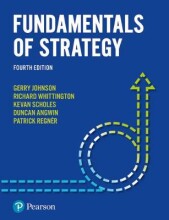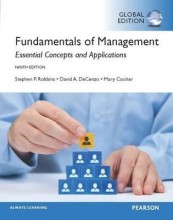Summary: College 5 - Dogs
- This + 400k other summaries
- A unique study and practice tool
- Never study anything twice again
- Get the grades you hope for
- 100% sure, 100% understanding
Read the summary and the most important questions on College 5 - Dogs
-
1 Dog's perception of the world
-
What is the difference in eye sight between humans and dogs?
Dogs can't see the difference between green and red. -
2 Behavioral needs of dogs
-
What are the essential behavioral needs for dogs?
- Locomotion
- Social contact (dog-dog or dog-human)
- Activities (playing, hunting etc.)
-
3 Social contact
This is a preview. There are 1 more flashcards available for chapter 3
Show more cards here -
What happens if dogs aren't socialized enough?
They might develop fear or aggression related problems towards adults, children and other dogs/cats. -
4 Concept of quality of life
-
What is the concept of quality of life?
An animal should have good health, be free free from fear and be able to express its natural behavior. -
5 How to assess welfare in dogs?
-
How can you assess welfare in dogs?
By:- Physical impairments (inherited defects)
- Behavioral indicators
- Physiological indicators
-
6 Physical impairments
-
What are the 2 types of physical impairments?
- Conformation-based inherited defects (exaggerated anatomical features etc.)
- Increased prevalence of inherited defects not related to breed standards
-
8 Behavioral indicators
-
What are conflict behaviors?
Behaviors, movements and postures that are shown in situations where 2 conflicting motivational systems (eg approach vs avoidance, fight vs flight) are activated at the same time (moment of decision).
OR:
When the animal is hindered/prevented to perform its behavior (frustrated). -
What types of conflict behavior are there?
- Ambivalent behavior (successive'simultaneous).
- In posture, behavior
- In movement (eg circling) - Redirected behavior
- Own body (eg tail chasing)
- To humans, dogs or other animals (eg aggression) - Displacement behavior
- Comfort behavior (eg scratching), exploration - Intention behavior
- Tongue licking, paw lifting - Autonomic responses (=expression of arousal)
- Yawning, pilo-erection, panting
- Ambivalent behavior (successive'simultaneous).
-
How are behavioral indicators validated?
By increased levels of cortisol. -
What are other potential behavioral indicators besides conflict behaviors and stress related behaviors?
- Play
- Anticipation behavior (negative or positive)
- Activity during the night, eg sleeping patterns
- Higher grades + faster learning
- Never study anything twice
- 100% sure, 100% understanding
































